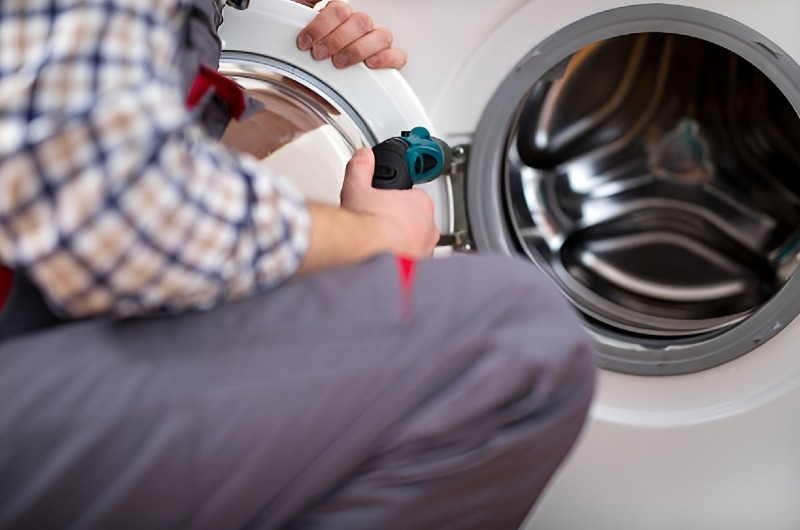1/29/2025 7:27 PM

A smoothly functioning laundry routine relies on an efficient washing machine. When encountering problems, knowing how to solve them can conserve both time and money. This article reveals typical Washing Machine repair issues and presents DIY solutions to restore your appliance's functionality.
A common problem faced by homeowners is a washing machine that fails to start. First, verify the power connection—make sure it is connected and that the circuit breaker hasn't been triggered. If your device still fails to start, check the lid switch on top-loading machines. It serves as a safety element and may require changing if a continuity test indicates it’s not operating. If your washing machine doesn't spin, you could be facing an unbalanced load. Open the machine, reorganize the clothes, and attempt to run the cycle once more. Repairing a Washing Machine may also include inspecting the drive belt or coupling; with time, these parts can deteriorate and impact the spinning function.
Water leakage during cycles is a frequent issue. Start by checking the hoses for any cracks or signs of looseness. Secure any loose connections or swap out damaged hoses. Examine the door seal on front-loading washers; a degraded gasket may cause leaks. Consistent cleaning preserves the integrity of the seal and stops future leaks. Noise while operating may suggest problems with the drum bearings or an object stuck in the drum. For a DIY Washing Machine repair method, take off the back panel of the machine to examine the bearings. If used, substitution is essential to prevent additional harm. Error messages can be intimidating, but the majority of washing machines include a user guide that explains these messages. For instance, an 'F20' error on a Whirlpool washing machine signifies problems with the water supply. Rebooting the appliance and verifying that the water supply valves are open can frequently fix this. For owners of Maytag appliances experiencing a 'ND' (No Drain) error, start by inspecting the drain hose for any clogs or kinks. If needed, clean the pump filter by adhering to the manual's guidelines for safe access. Some upkeep, like inspecting hoses and routinely cleaning gaskets, can prevent possible problems. Although these DIY solutions address numerous situations, if the repairs go beyond your skill level, it may be wise to seek help from a professional technician to guarantee your appliance stays dependable.